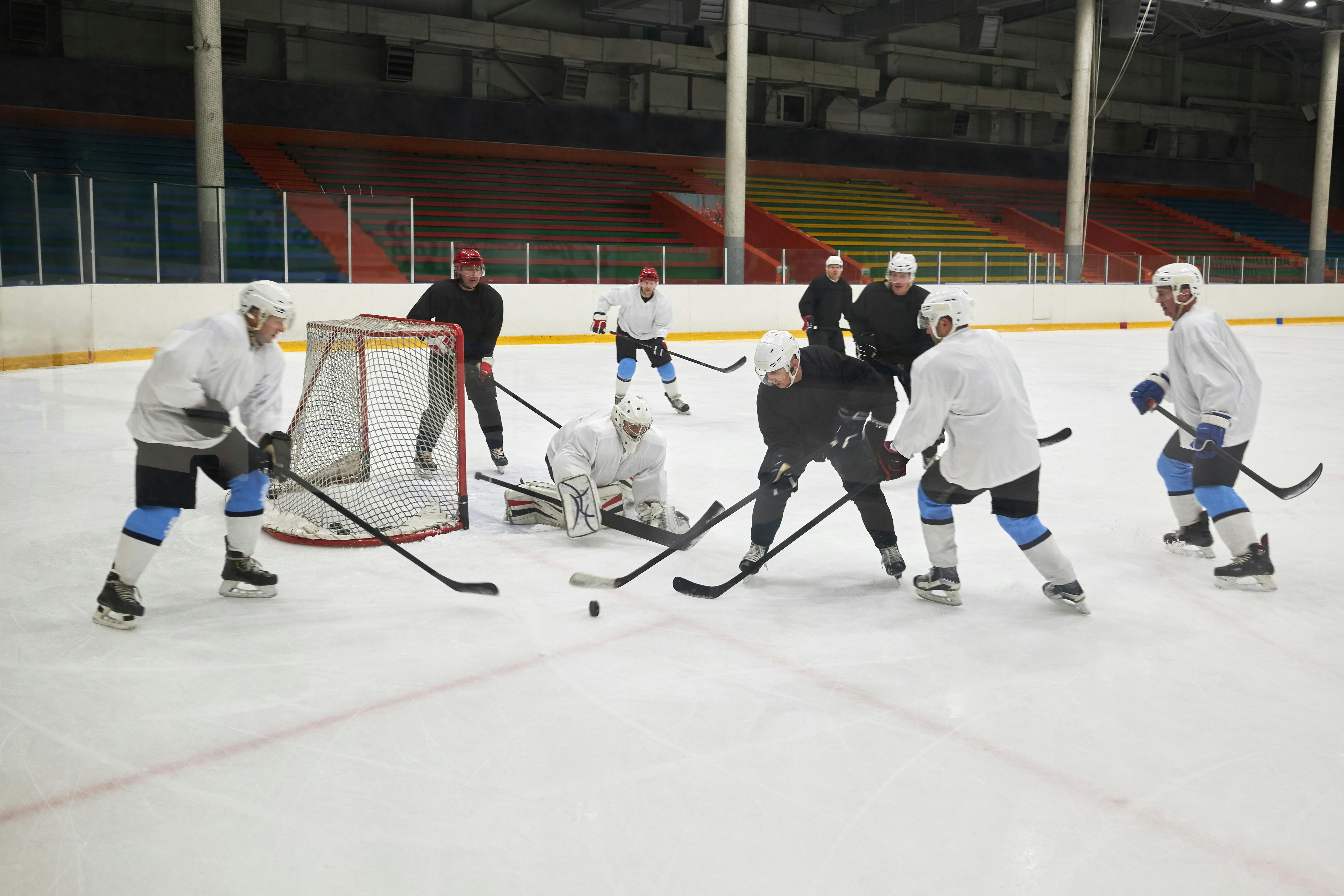“Boredom was everywhere in my world, and if you asked children, as I often did, why they felt so bored, they always gave the same answers: they said that the work was stupid, that it made no sense, they already knew. They said they wanted to do something real, not just sit down. They said the teachers didn’t seem to know much about their subjects and clearly weren’t interested in learning more. And the kids were right: their teachers were as good as they were bored as were “. John taylor gatto against the school
The dictionary describes boredom as ‘the feeling of being bored by something tedious’. At the age of six my son had no words to summarize his school experience, the closest he could gather was to provide me with a description of the feeling that evoked him. This feeling was “boredom”. Also, he often told me that he did “nothing” during the school day. I knew this couldn’t be entirely accurate, but I felt like it was a reality for him. Over time I came to the conclusion that if I had had the wisdom of experience, I would have communicated something like: ‘learning in school has little meaning for my life, therefore I cannot participate in the activities that are presented to me, Consequently, I live in this state of boredom that bores me.
“We ask children to do for most of the day what few adults are capable of even for an hour. How many of us, attending, say, a conference that we are not interested in, can keep our minds from wandering? ?. “ John holt in How Children Fail
In contrast, every time my son talked about soccer, his eyes lit up. He would give me clues on anything I wanted to know on the subject, from the rules of the game to the top scorers on the premier league table. He pressured me to take him to his favorite team’s games and spent every free minute practicing his soccer skills outside. When someone had any information about soccer, they would stop to listen and add their opinion. He read the latest soccer magazine cover to cover and saved every penny to buy the soccer cards he religiously collected. When we are passionate about a subject, we are much less inclined to boredom. This was one of the main reasons we started homeschooling almost eight years ago.
In characterizing our homeschooling approach as non-lifelong learners, I recently found myself falling into the trap of providing a school-style approach to learning during a weekly lesson with my daughter (never homeschooled) and five of his friends. With the help of another mom we took on the execution of these science-based lessons. Each child chose to attend these lessons and could leave at any time, in other words, they wanted to learn about science in these lessons. For the first six months, the children seemed engaged as we followed the Usbourne Science book, working our way through basic science experiments in the kitchen. However, in recent months they seemed to lose their enthusiasm. As his interest waned, I lost heart at these meetings. Discouraged, I heard myself compelling them to participate, even raising my voice to be heard over their disinterested chatter.
“The greatest enemy of learning is the teacher who speaks” John holt in How Children Fail
My instincts warned me that these lessons had lost their charm. I discovered that I could not continue any longer, this way of learning had become lessons that went against everything I had come to believe. We held a meeting with all of us arranged on the floor in a circle. During this non-judgmental environment, the children found a place to express their lack of connection to the science that we had been attempting. Through this dialogue, a phoenix of an idea emerged from the circle, taking shape as we animatedly visualized the unexpected shape of our future scientific meetings.
In mock Harry Potter style, we now arrive every Monday morning and symbolically enter our Room of Requirements, where each individual is working on a project they have selected to study. A project can take a week or several months. The boys are currently building a potato rocket launcher, one of the girls is mastering a deeper knowledge of gemstones, and the remaining two girls are building their own dollhouse, with working solar lighting and a water feature. This process demonstrated to me the power of listening and listening without judgment, none of us could have imagined that this would be the result.
“We learn to do something by doing it. There is no other way.” John holt in Show your own
One of the main keys to successful integrated learning is “doing” and, through doing, we learn. There is another crucial element for successful integrated learning: learning must be in ‘context’ for the learner. A topic described as in “context” are those topics that arouse the student’s interest. I had assured myself that we were ‘doing’ the experiments, unfortunately the lessons being explored lacked ‘context’ for the children. The randomized experiments, roughly grouped by topic, had no meaning in the children’s lives. One of our lessons involved an experiment that showed that ice melts at a different rate when salt was applied to it, an interesting fact, but how does that fit in with our lives here in Africa? In Canada, this experiment would be more likely to be in context, particularly during winter, when driveways must be cleared of snow with minimal effort.
Formal teaching normally approaches learning in reverse, initially teaching a “concept” which is then followed by the application of “doing” and the “context” is relegated to the last position and often completely neglected. There is a nest of problems associated with this unnatural approach to learning. The bigger problem is that often the lessons taught have little relevance to children’s lives, resulting in a detachment from the subject and ultimately boredom. By reversing the learning experience in which children can choose what they want to learn, they are inspired and motivated. With the context firmly established, the end result is more likely to be integrated learning.
When we are initially presented with a new learning experience, we naturally look for previous hooks that we may have in its place, asking ourselves the question ‘Have I tried doing this, or something similar, before?’ ‘How was the experience?’ ‘How successful was I?’ ‘Where did I fail? ‘What I learned?’ John Holt at How Children Fail believes that we learn by doing and the prerequisite for that is to be able to imagine ourselves doing the doing. We have to imagine swimming, skiing, playing a particular song on the piano, and before we take our first step when we learn to walk. This leads to a trial period of learning, doing it, learning from our mistakes, and trying again. At this point we may need some instruction from someone who has mastered this experience before, it makes sense for us to watch her do what we were trying to do, and then we can try to do it ourselves. It is important that it is the learner, not the teacher, who drives the learning process at the pace that best suits him, while this is in place, context remains king.
My 5-year-old daughter was worried that she would leave her toys and bed behind when we explained that we would be moving to a new house. Without a hook for her to attach this unfamiliar experience, she was left with feelings of confusion and concern. Before your first “the meaning of moving” book was in place, if we had described the abstract act of moving house to you, chances are you would have little interest in this experience out of context. Unfortunately, this is what is regularly applied in a school setting, teaching subjects that have little context in a child’s life. We may have been able to capture our daughter’s interest by telling her a story about someone who moved away in the form of a story. Possibly, by identifying with the person in the story, you may have become more engaged. Although I would say this is a whisper from actual experience. Successful resolution of ‘what it means to move house’ would involve a full understanding, in the child, of what it feels like and what it means physically to move house. It is through the actual experience of moving, the doing of moving in context, that really engages the student integrated into the child, providing the full meaning behind what it means to move. It was this ‘moving in context’ that resolved once and for all the questions my daughter had about her bed and her accompanying toys when she moved to another house.
“When you teach a child something, you forever deprive him of the opportunity to discover it for himself.” Jean piaget
Learning doesn’t always have to involve being physically present. I have been reading Harry Potter aloud to my nine year old son. Those of you who have read the books will be aware of the character Sirius, Harry Potter’s godfather, who turns into a big dog at will. In a separate discussion with my daughter, I told her that there is a star in the sky called Sirius and it can be found in a constellation known as The Big Dog. It was a classic moment of integrated learning when she made the connection, by herself, between what we had been reading in Harry Potter and the information she had just learned. Going one step further, he commented on JK Rowling’s intelligence in basing a character on the name of a star and connecting this character, through her actions in the book, with the name of her constellation. Plus, you’ve created an additional hook for future development: what it means to create and name characters when planning to write a story.
The learning process is sacred to the individual, whatever their age. Hijacking an individual’s natural learning approach is tantamount to theft and something we must protect ourselves from at all costs. When this happens, students are left with boredom as the only line of defense. In a learning environment where boredom prevails, used as a barometer, it will be a red flag that somewhere in the learning approach something has gone wrong. When we entrust the learning process to the “context” of the learner it is a given, the learner naturally selects what has meaning for him and the poisonous trickle of disconnected boredom is eliminated.




